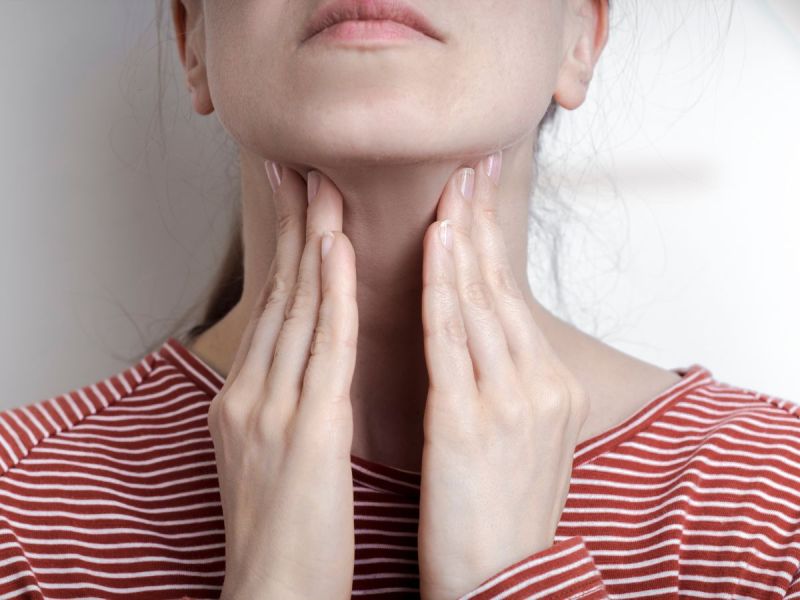I think it’s safe to say most Gen Xers remember mononucleosis (aka “mono”) as the “kissing disease” that some unfortunate souls were unlucky enough to catch as teenagers back in high school. Didn’t everyone have at least one person in their class who randomly disappeared for a week or two?
Videos by Suggest
Women over 40 may think they don’t need to worry about mono again unless they’re actually raising teenagers, but that’s not necessarily the case. According to writer and editor Sari Botton, it’s possible to get mono even in your mid-50s—and she has a harrowing tale of her own experience with the disease to prove it.
Botton wrote an essay for Oldster about how in 2021, she was excited for a post-COVID summer and the thought of getting back out into the world again. But as she was busy making all those plans to travel, meet up with family and friends, and connect with new acquaintances, Botton started to get sick.
She said it all began with a terrible pain in her neck that yielded a “large lump—a visibly swollen lymph gland” nestled between her jaw and right ear. Within hours, she was experiencing the worst throat pain of her life and a fever that had spiked to 103 degrees.
Botton wrote that after a few days, she went to see the first of several doctors. Her quest resulted in being given multiple antibiotics and misdiagnoses before her true diagnosis was revealed: mononucleosis.
The author says she never would have received that diagnosis if she hadn’t convinced her doctors to give her the test. During one of her many appointments, when she asked if it could be mono, Botton said the doctor told her she was “too old” for that and didn’t take the idea seriously.
She begged them to do the test anyway and even explained why, telling the doctor she had a close friend her age who’d come down with mono the year before. The doctor responded, “Well, I’d like to see her labs. I bet it wasn’t actually mono.”
“I was 55,” Botton wrote. “I later learned that I was one of five 50-something women in my broader social circle to have contracted mono recently. Even later, I came to realize later-in-life mono was frustratingly like so many conditions affecting older women: largely unresearched.”
Her doctors’ dismissiveness about the mono idea actually led to a cancer scare. Her doctor had a theory that she had a peritonsillar abscess, a “quinsy”, which would require an ENT doctor to lance it. But when she entered the specialist’s exam room for what she’d been told would likely be an “excruciating” procedure, Botton was told, “Whoa! That’s not an abscess! It’s a tumor! It’s cancer!”
For a moment, Botton foresaw a future in which she would need radiation, surgery, and possibly chemo. Luckily, her labs came back and confirmed it was actually mono after all, just as she’d thought. It took her months to recover.
When it comes to mono in older adults, the symptoms often develop slowly, around four to eight weeks after infection. When you’re in your 40s or older, the symptoms of mono can be easily mistaken for lymphoma, leukemia, or biliary obstruction. It could be classified as what’s called a “fever of unknown origin.”
The three most common mono symptoms in adults are fever (100.4 degrees or higher), a swollen liver, and body aches. Most often caused by the Epstein-Barr virus, antibiotics won’t do you any good when you have mono. The only treatment is lots of water, tons of rest, and over-the-counter meds like ibuprofen.
